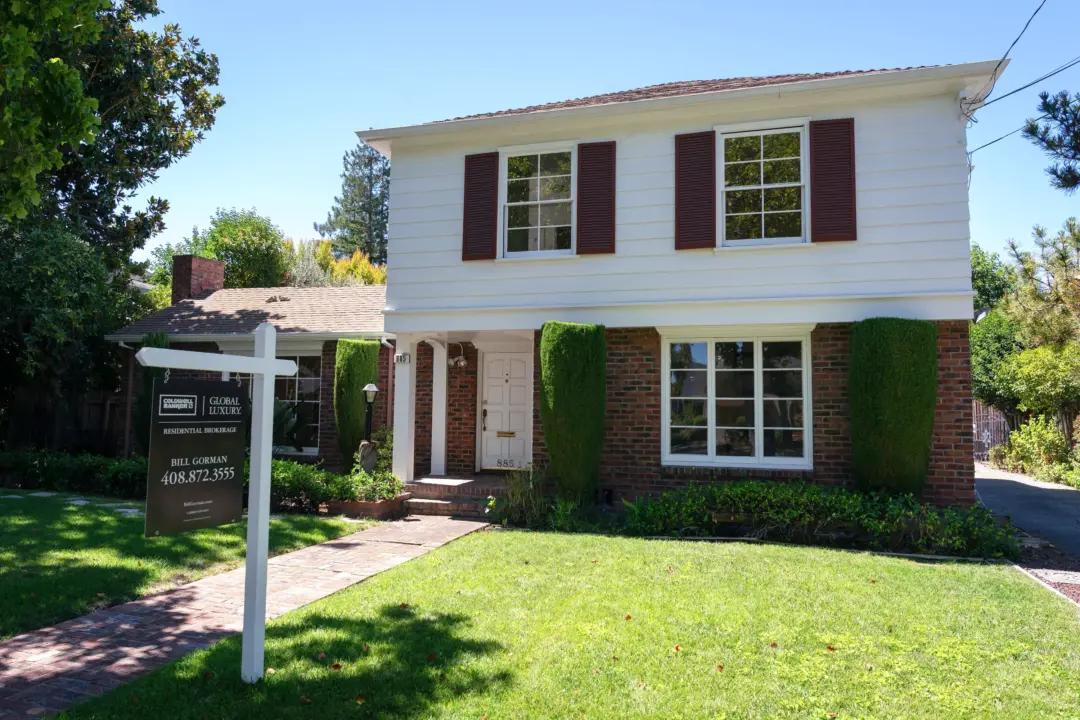The share of newly constructed homes among total homes sold in the third quarter declined in the United States, affected by factors such as a slowdown in construction and an increased supply of existing houses, according to real estate brokerage Redfin.
“Newly built homes made up 28 percent of single-family homes for sale nationwide in the third quarter, the lowest level in three years,” the company said in a Nov. 1 statement. “That’s down from 30.5 percent a year earlier and a record-high 34.4 percent at the start of 2022.”
Redfin attributed the drop to several factors, one of which is that more existing inventory is now hitting the market.
The total supply of existing single-family units is up by 22 percent from the previous year, it noted.
“That’s partly because the lock-in effect has started to ease, with people growing tired of waiting for mortgage rates to come down before selling their home and searching for a new one,” it said.
Another factor is that house hunters have already bought most of the available newly built properties in the market.
Sales of newly constructed single-family units rose by 6 percent year over year in September, according to the U.S. Census, partly because builders provided buyers with incentives such as cash toward closing costs and mortgage-rate buydowns. Redfin said that “those incentives have worked, with many buyers turning toward new construction to get a better deal.”
In addition, there has been a slowdown in the construction of new properties. Permits to construct single-family units were down by 23 percent from early 2021, when it had hit a 15-year high.
Over the past four years, newly built homes have made up an “outsized portion” of properties listed for sale because the supply of newly constructed homes “soared” in 2022 and 2023, according to Redfin.
In contrast, the inventory of existing homes “fell over that period as mortgage rates rose and the lock-in effect took hold,” the brokerage noted.
“The surge in newly built homes, meanwhile, was caused by builders responding to robust homebuying demand brought on by ultra-low mortgage rates and remote work. While building has since slowed, builders are still completing projects they started in the past few years,” it said.
Housing Shortage, Political Issue
Amid elevated home prices and mortgage rates, the housing shortage is a major concern in the United States and a key contributor to the affordability crisis. A June report from Zillow said there was a shortage of 4.5 million homes in the United States in 2022.“In 2022, the number of U.S. families increased by 1.8 million, while only 1.4 million housing units were built,” the company said. “Those who live in markets with stricter land-use regulations are less likely to be able to afford the mortgage payment on a typical home.”
While the housing frenzy of the COVID-19 pandemic era sparked a construction surge, that boom has “fallen short,” it added.
Both the Democratic and Republican presidential candidates have promised to take various steps to resolve the housing crisis.
Harris said she aims to cut down the red tape to speed up the homebuilding process and intends to sign legislation prohibiting new price-fixing measures by corporate landlords.
“There’s a serious housing shortage in many places. It’s too difficult to build, and it’s driving prices up,” she said during a rally in August. “I will work in partnership with industry to build the housing we need, both to rent and to buy. We will take down barriers and cut red tape, including at the state and local levels.”
Trump also intends to open limited areas of federal lands for new home construction and cut unnecessary regulations that raise housing costs.
Federal lands that would be opened up for large-scale housing construction “will be ultra-low tax and ultra-low regulation—one of the great really small business job creation programs,” he said.







